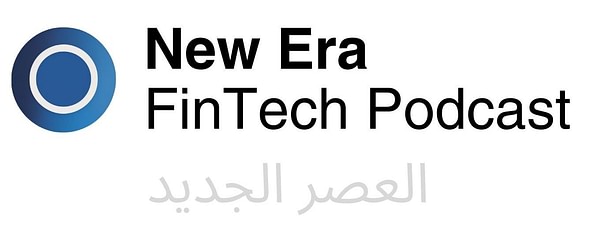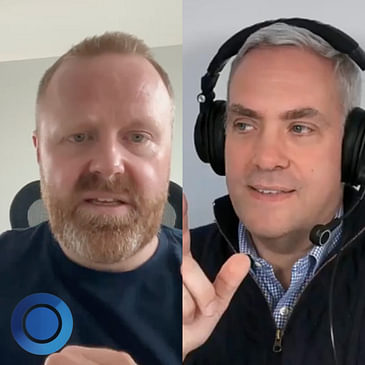In this episode, I'm talking with Dan Ilett of Tollejo about sales and marketing techniques for FinTech companies selling to banks. We discuss the importance of building relationships, understanding customer needs, and differentiating from competitors. Dan emphasizes the need for collaboration between sales and marketing teams and the value of listening to customers. He also introduces the concept of "The Mirror", a research approach that helps companies gather feedback from customers and align their messaging and positioning. Dan recommends engaging with advisors and focusing on nurturing relationships with potential customers. Something very close to my heart -- because I've been going on about this for a long time.
If you'd like to discuss these ideas with Dan, drop him a note via his LinkedIn profile or direct at dan at tollejo.com.
Takeaways
- Building relationships and understanding customer needs are crucial for FinTech companies selling to banks.
- Collaboration between sales and marketing teams is essential for effective sales and marketing strategies.
- Listening to customers and gathering feedback through research programs like the Mirror can help companies align their messaging and positioning.
- Engaging with advisors and nurturing relationships with potential customers are effective tactics for driving sales.
Sound Bites
- "Getting known before you walk in the door is one of the most important things you can do in this space."
- "The most important column in your pipeline is the nurture column."
- "Most companies have more relationships than they think."
Chapters
- 00:00 Introduction: Selling to Banks in FinTech
- 01:07 Background and Building Communities
- 03:21 The Value of Executive Summaries in Bids
- 06:06 The Importance of Getting Known Beforehand
- 07:25 The Limitations of Cold Calling
- 09:40 The Power of Third Party Validation
- 13:34 The Role of Marketing and Sales Collaboration
- 14:16 The Importance of Listening to Customers
- 16:37 Understanding Customer Needs and Aligning Messaging
- 16:46 The Mirror: Gathering Feedback and Insights
- 18:08 Aligning the Team's Understanding of Value Proposition
- 20:30 Differentiation in Messaging and Positioning
- 22:35 Building Relationships and an Advisory Board
- 32:50 Starting with a Listening Exercise
Keywords
sales, marketing, FinTech, banks, relationships, customer needs, differentiation, collaboration, listening, Mirror, research, advisors, nurturing




